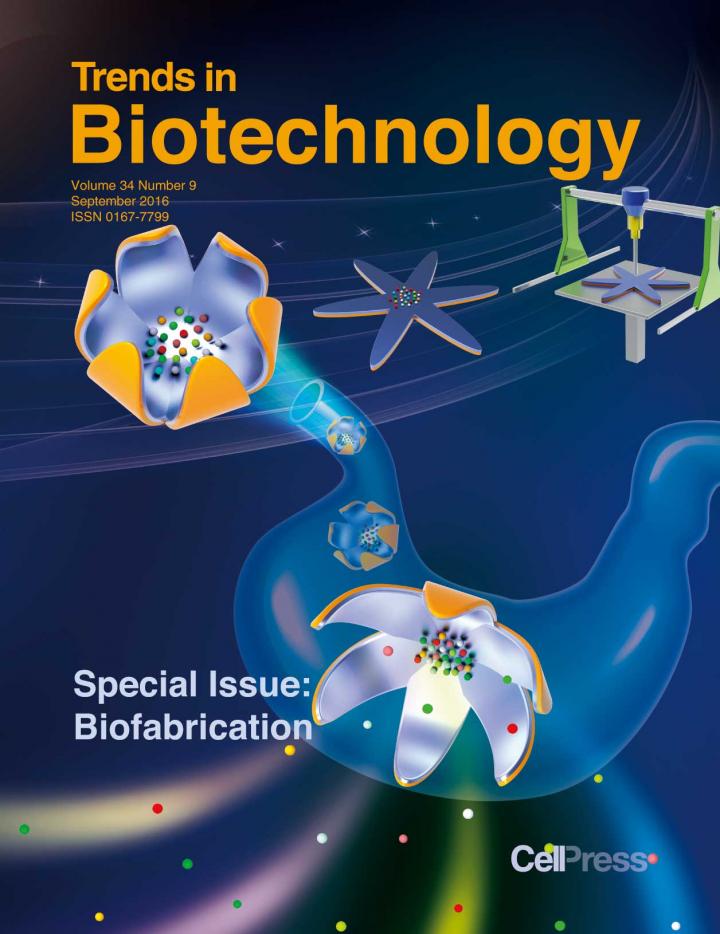纺织品染色的生物技术革命。
IF 14.3
1区 工程技术
Q1 BIOTECHNOLOGY & APPLIED MICROBIOLOGY
Trends in biotechnology
Pub Date : 2024-10-01
Epub Date: 2024-03-06
DOI:10.1016/j.tibtech.2024.02.010
引用次数: 0
摘要
生物技术利用生物颜料、可生物降解染料和发酵染色法替代合成染料,具有彻底改变纺织品染色的潜力。虽然存在一些挑战,但这些生物技术方法提供了创新的解决方案,可最大限度地减少对环境的影响,促进可持续发展,从而实现更环保、更循环、更高效的纺织生物产业。本文章由计算机程序翻译,如有差异,请以英文原文为准。
The biotechnology revolution in textile dyeing.
Biotechnology holds the potential to revolutionize textile dyeing by utilizing biopigments, biodegradable dyes, and fermentative dyeing methods as alternatives to synthetic options. While some challenges exist, these biotechnological approaches offer innovative solutions to minimize environmental impact and foster sustainable practices, leading toward a greener, circular and efficient textile bioindustry.
求助全文
通过发布文献求助,成功后即可免费获取论文全文。
去求助
来源期刊

Trends in biotechnology
工程技术-生物工程与应用微生物
CiteScore
28.60
自引率
1.20%
发文量
198
审稿时长
1 months
期刊介绍:
Trends in Biotechnology publishes reviews and perspectives on the applied biological sciences, focusing on useful science applied to, derived from, or inspired by living systems.
The major themes that TIBTECH is interested in include:
Bioprocessing (biochemical engineering, applied enzymology, industrial biotechnology, biofuels, metabolic engineering)
Omics (genome editing, single-cell technologies, bioinformatics, synthetic biology)
Materials and devices (bionanotechnology, biomaterials, diagnostics/imaging/detection, soft robotics, biosensors/bioelectronics)
Therapeutics (biofabrication, stem cells, tissue engineering and regenerative medicine, antibodies and other protein drugs, drug delivery)
Agroenvironment (environmental engineering, bioremediation, genetically modified crops, sustainable development).
 求助内容:
求助内容: 应助结果提醒方式:
应助结果提醒方式:


